Natural Rubber-based Cushion Gum Compound Formulation at Various Type and Dosage of Rubber Processing Oil and Tackifier Resin
2021 // DOI: 10.20543/mkkp.v37i2.6531
DOI: 10.20543/mkkp.v37i2.6531
Santi Puspitasari, Norma Arisanti Kinasih, Arief Ramadhan, Adi Cifriadi, Mochammad Chalid
0 views // 0 downloads
Puspitasari, Santi, et al. "Natural Rubber-based Cushion Gum Compound Formulation at Various Type and Dosage of Rubber Processing Oil and Tackifier Resin."
Journal of Leather, Rubber, and Plastics, vol. 37, no. 2, 2021, pp. 59-68, doi:10.20543/mkkp.v37i2.6531.
RIS (Mendeley, Zotero, EndNote, RefWorks)
BibTeX (LaTeX)
View original
Abstract
Cold retreading technique dominates retreaded tire manufacturing process. The technique applies rubber cushion gum compound as adhesion medium to bond new tread with a worn old tire. High-quality cushion gum compound mainly requires good adhesive strength. Tackiness of the rubber compound can be improved by addition of tackifier resin and rubber processing oil (RPO). The research was aimed to evaluate the performance of various types and dosages of tackifier resin and bio-based RPO to physic-mechanical properties of cushion gum.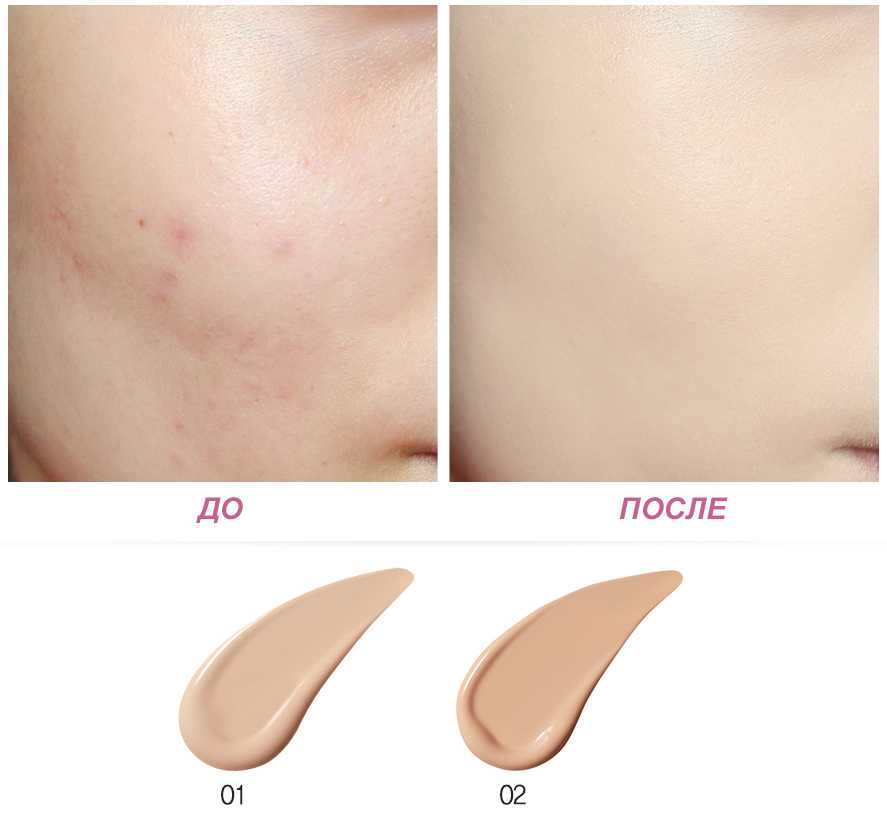 A method in the manufacture of natural rubber-based cushion gum compound was in accordance with ASTM D 3182. Cushion gum rubber compound formula was designed by using bio-based RPO such as pine tar oil at 5 and 12 phr and three types of tackifier resin such as rosin resin, phenolic resin, and hydrocarbon resin at 3 and 7 phr. Petroleum-based RPO and commercial cushion gum were selected as reference material. Curing characteristic and physic-mechanical properties test results were used as a reference to determine cushion gum quality. The observation during experiment indicated that natural rubber-based cushion gum compound formulated with addition of 5 phr rosin resin and 5 phr pine tar oil (code Zh5) has the closest curing characteristic and physic-mechanical properties to commercial cushion gum.
A method in the manufacture of natural rubber-based cushion gum compound was in accordance with ASTM D 3182. Cushion gum rubber compound formula was designed by using bio-based RPO such as pine tar oil at 5 and 12 phr and three types of tackifier resin such as rosin resin, phenolic resin, and hydrocarbon resin at 3 and 7 phr. Petroleum-based RPO and commercial cushion gum were selected as reference material. Curing characteristic and physic-mechanical properties test results were used as a reference to determine cushion gum quality. The observation during experiment indicated that natural rubber-based cushion gum compound formulated with addition of 5 phr rosin resin and 5 phr pine tar oil (code Zh5) has the closest curing characteristic and physic-mechanical properties to commercial cushion gum.
More from this journal
Pengaruh Sumber Dan Konsentrasi Garam (Na Cl) Pada Proses Pengasaman (Pickling) Terhadap Mutu Kulit Domba Untuk Sarung Tangan
Open Access 2009
0" :class="showTooltipRight ? 'left' : 'right'" x-init="setToolTipPosition($el)" @resize.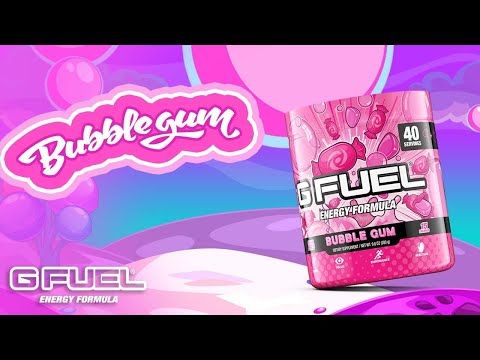 window="setToolTipPosition($el)"> +
window="setToolTipPosition($el)"> +
×
Authors
Emiliana Kasmudjiastuti
Kajian Komposit Plastik Daur Ulang Dengan Serbuk Kayu Untuk Bahan Bangunan
Open Access 2007
0" :class="showTooltipRight ? 'left' : 'right'" x-init="setToolTipPosition($el)" @resize.window="setToolTipPosition($el)"> +
otherothers×
Authors
Arum Yuniari
Oil Palm Based Cellulose Esters as Raw Material for Environmentally Friendly Bio-plastic
Open Access 2018
0" :class="showTooltipRight ? 'left' : 'right'" x-init="setToolTipPosition($el)" @resize.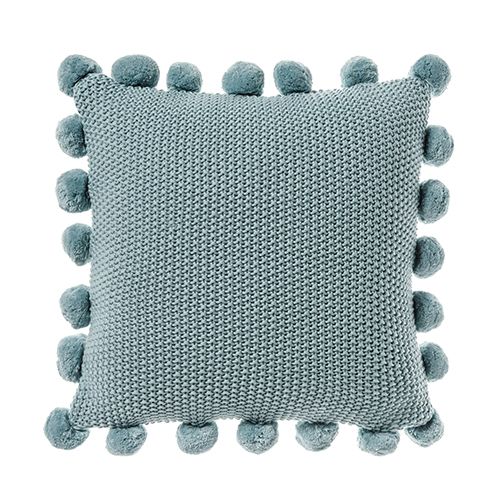 window="setToolTipPosition($el)"> +
window="setToolTipPosition($el)"> +
×
Authors
Tjahjono Herawan, Meta Rivani, Halimatudahliana Halimatudahliana, Suryo Irawan
🧐 Browse all from this journal
Abdul-Kader, W., & Haque, M. S. (2011). Sustainable tyre remanufacturing: An agent-based simulation modelling approach. International Journal of Sustainable Engineering, 4(4), 330–347. https://doi.org/10.1080/19397038.2011.581392
Ahmed, S. A., Moren, T., Sehlstedt-Persson, M., & Blom, A. (2017). Effect of oil impregnation on water repellency, dimensional stability and mold susceptibility of thermally modifed European Aspen and downy birch wood. Journal of Wood Science, 63, 74–82. https://doi.org/10.1007/s10086-016-1595-y
ASTM (American Society for Testing and Materials). (2010). ASTM D2240-05 Standard test method for rubber property – Durometer hardness. Pennsylvania, USA: ASTM.
(2010). ASTM D2240-05 Standard test method for rubber property – Durometer hardness. Pennsylvania, USA: ASTM.
ASTM (American Society for Testing and Materials). (2013). ASTM D412-06ae2 Standard test method for vulcanized rubber and thermolastic elastomers – Tension. Pennsylvania, USA: ASTM.
ASTM (American Society for Testing and Materials). (2016). ASTM D3182 Standard pratice for rubbermaterials, equipment, and procedures for mixing standard compounds and preparing standard vulcanized sheets. Pennsylvania, USA: ASTM.
ASTM (American Society for Testing and Materials). (2017). ASTM D413-98 Standard test method for rubber property – Adhesion to flexible substrate. Pennsylvania, USA: ASTM.
Ayres, R., Ferrer, G., & Leynseele, T. V. (1997). Ecoefciency, asset recovery and remanufacturing. European Management Journal, 15(5), 557–574. https://doi.org/10.1016/S0263-2373(97)00035-2
Banerjee, B. (2019). Tyre retreading. Deutsch: CPI Books GmbH.
Basak, G. C., Bandyopadhyay, A.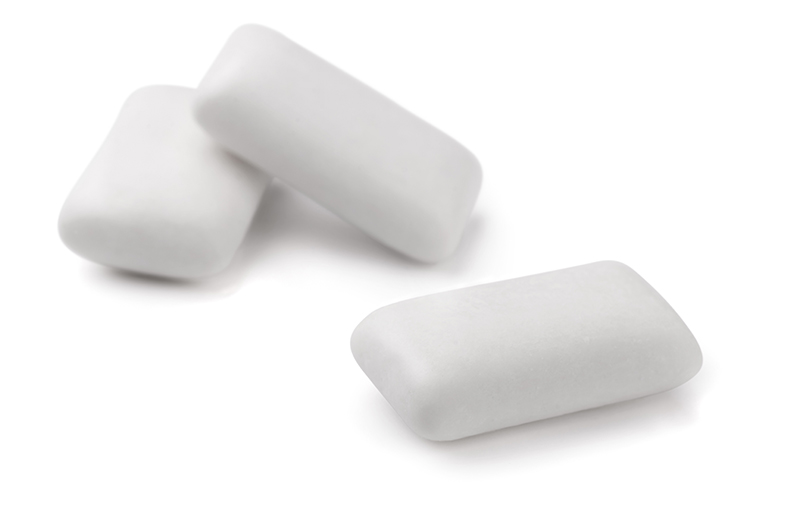 , & Bhowmick, A. K. (2012). The role of tackifers on the auto-adhesion behaviour of EPDM rubber. Journal of Material Science, 47, 3166–3176. https://doi.org/10.1007/s10853-011-6151-y
, & Bhowmick, A. K. (2012). The role of tackifers on the auto-adhesion behaviour of EPDM rubber. Journal of Material Science, 47, 3166–3176. https://doi.org/10.1007/s10853-011-6151-y
Braun-Falco, O., Plewig, G., & Wolff, H. H. (1991). Dermatology. Heidelberg: Springer-Verlag.
Bergmann, C., & Trimbach, J. (2014). Influence of plasticizers on the properties of natural rubber based compound. KGK Rubberpoint, 67(7), 40–49.
Ciesielski, A. (1999). An intoduction to rubber technology. UK: RAPRA Technology Ltd.
Dabic-Ostojic, S., Miljus, M., Bojovic, N., Glisovic, N., & Milenkovic, M. (2014). Applying a mathematical approach to improve the tire retreading process. Resources, Conservation and
Recycling, 86, 107–117. https://doi.org/10.1016/j.resconrec.2014.02.007
Dewan Karet Indonesia. (2018). Data industri karet 2018. Jakarta, Indonesia: Dekarindo.
Formela, K., Wasowicz, D., Formela, M., Hejna, A., & Haponiuk, J. (2015). Curing characteristics, mechanical and thermal properties of reclaimed ground tire rubber cured with various vulcanizing
systems. Iranian Polymer Journal, 24, 289–297. https://doi.org/10.1007/s13726-015-0320-9
Iranian Polymer Journal, 24, 289–297. https://doi.org/10.1007/s13726-015-0320-9
Khimi, S. R., & Pickering, K. L. (2014). A new method to predict optimum cure time of rubber compound using dynamic mechanical analysis. Journal of Applied Polymer Science, 131(6), 40008. https://doi.org/10.1002/app.40008
Mohamed, R., Zain, N. W., Shafe, N. A., & Norizan, M. N. (2013). Aromatic and epoxidised oil curing and rebound resilience characteristic and their humidity effect of hardness on NR vulcanizates. Advanced Materials Research, 812, 138–144. https://doi.org/10.4028/www.scientific.net/AMR.812.138
Niza, S., Santos, E., Costa, L., Ribeiro, P., & Ferrao, P. (2014). Extended producer responsibility policy in Portugal: A strategy towards improving waste management performance. Journal of
Cleaner Production, 117(1), 277–287. https://doi.org/10.1016/j.jclepro.2013.07.037
Oh, J., Yoo, Y. H., Yoo, I. S., Huh, Y. I., Chaki, T. K., & Nah, C. (2014). Effect of plasticizer and curing system on freezing resistance of rubbers. Journal of Applied Polymer Science, 131, 39795. https://doi.org/10.1002/app.39795
Journal of Applied Polymer Science, 131, 39795. https://doi.org/10.1002/app.39795
Oter, M., Karaagac, B., & Deniz, V. (2011). Substitution of aromatic processing oils in rubber compounds. KGK Rubberpont, 64(9), 48–51.
Pajarito, B. (2015). Effect of ingredient loading on vulcanization characteristic of a natural rubber compound. Advanced Material Research, 1125, 50–54. https://doi.org/10.4028/www.scientifc.
net/AMR.1125.50
Pakhathirathien, C., Pearuang, K., Rungvichanniwat, A., Kaesaman, A., & Nakason, C. (2016). Acomparative study of stearyl aromatic esters and aromatic oil as processing aids in natural rubber compounds. Songklanarin Journal of Science and Technology, 38(5), 501–506.
Pechurai, W., Chiangta, W., & Tharuen, P. (2015). Effect of vegetable oils as processing aids in SBR compound. Macromolecular Symposia, 354, 191–196. https://doi.org/10.1002/masy.201400079
Poh, B. T., & Ong, L. N. (2007). Adhesion properties of styrene-butadiene rubber (SBR)/Standard Malaysian Rubber (SMR-L) – based adhesieve in the presence of phenol formaldehyde resin. Express Polymer Letters, 1(10), 654–659. https://doi.org/10.3144/expresspolymlett.2007.89
Express Polymer Letters, 1(10), 654–659. https://doi.org/10.3144/expresspolymlett.2007.89
Puspitasari, S., Kinasih, N. A., Cifriadi, A., Ramadhan, A., Hadi, Z. K., Wahyuni, N. P., & Chalid, M. (2020). Seleksi resin dan rubber processing oil (RPO) dalam pembuatan cushion gum sebagai perekat ban vulkanisir. Majalah Kulit, Karet, dan Plastik, 36(1), 9–16. https://doi.org/10.20543/mkkp.v36i1.6105
Ramcharan. (2014). Product development information. Chennai, India: Ramcharan.
Sasikumar, P., Kannan, G., & Haq, A. N. (2010). A multi-echelon reverse logistics network design for product recovery – a case of truck tire remanufacturing. International Journal of Advance Manufacturing Technology, 49, 1223–1234. https://doi.org/10.1007/s00170-009-2470-4
Simic, V., & Dabic-Ostojic, S. (2016). Intervalparameter chance-constrained programming model for uncertainty-based decision making in tire retreading industry. Journal of Cleaner Production, 167, 1490–1498. https://doi.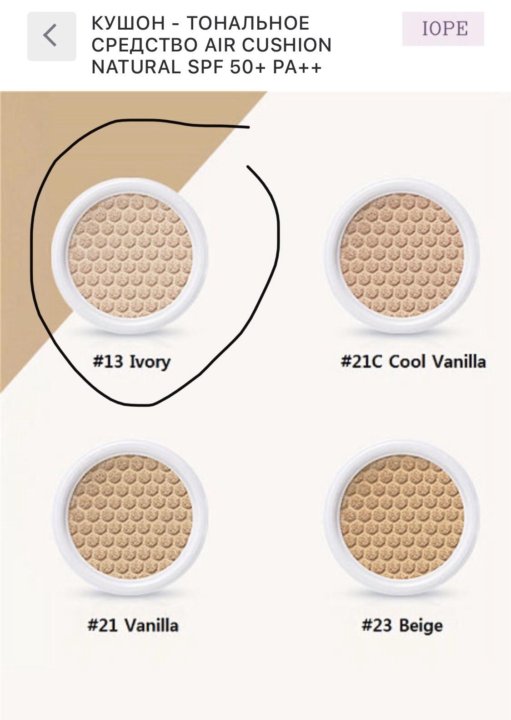 org/10.1016/j.jclepro.2016.10.122
org/10.1016/j.jclepro.2016.10.122
Syamin, Y. M., Azemi, S., & Dzarani, K. (2017). Evaluation of cooking oil as processing additive for natural rubber. ASEAN Journal of Science and Technology Development, 34(1), 17–25. https://doi.org/10.29037/ajstd.71
Thaijaroen, W. (2011). Effect of tackifers on mechanical and dynamic properties of carbon black filled NR vulcanizate. Polymer Engineering and Science, 51, 2465–2472. https://doi.org/10.1002/pen.22033
Thomas, B.S., & Gupta, R.C. (2016). Properties of high strength concrete containing scrap tire rubber. Journal of Cleaner Production, 116(1), 86–92. https://doi.org/10.1016/j.jclepro.2015.11.019
Xu, H., Fan, T., Ye, N., Wu, W., Huang, D., Wang, D., Wang, Z., & Zhang, L. (2020). Platicization effect of bio-based plasticizers from soybean oil for tire tread rubber. Polymers, 12, 623–632. https://doi.org/10.3390/polym12030623
Zhang, J., Wang, B., Liu, X., Cheng, L., Yan, H., Ding, Q., Tan, J., & Yang, W. (2019). Energy-saving performance and production accuracy of the direct-pressure tire curing technology with an
(2019). Energy-saving performance and production accuracy of the direct-pressure tire curing technology with an
expandable steel internal mold. Applied Science, 10, 79–93. https://doi.org/10.3390/app10010079
In recent years, chewing gum has been very popular among the general population. This is facilitated by its diversity, a huge amount produced by the food industry, and wide advertising. People chew everywhere - in transport, at school, at work, at home. Children and teenagers are especially susceptible to this.
Chewing gum is currently produced by the food industry and is a means of cleaning and refreshing the oral cavity, as well as stimulating salivation. Chewing gum contains:
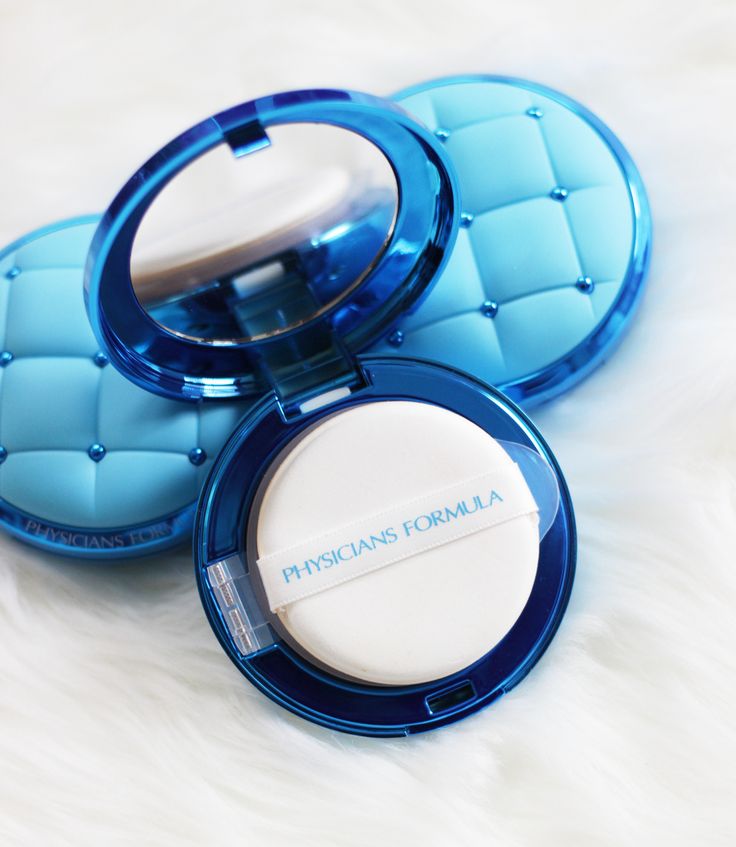
In the oral cavity, chewing gum softens under the influence of teeth, saliva and temperature, releasing aromatic and flavoring substances. nine0003
Chewing gum has both positive and negative properties.
Positive properties:
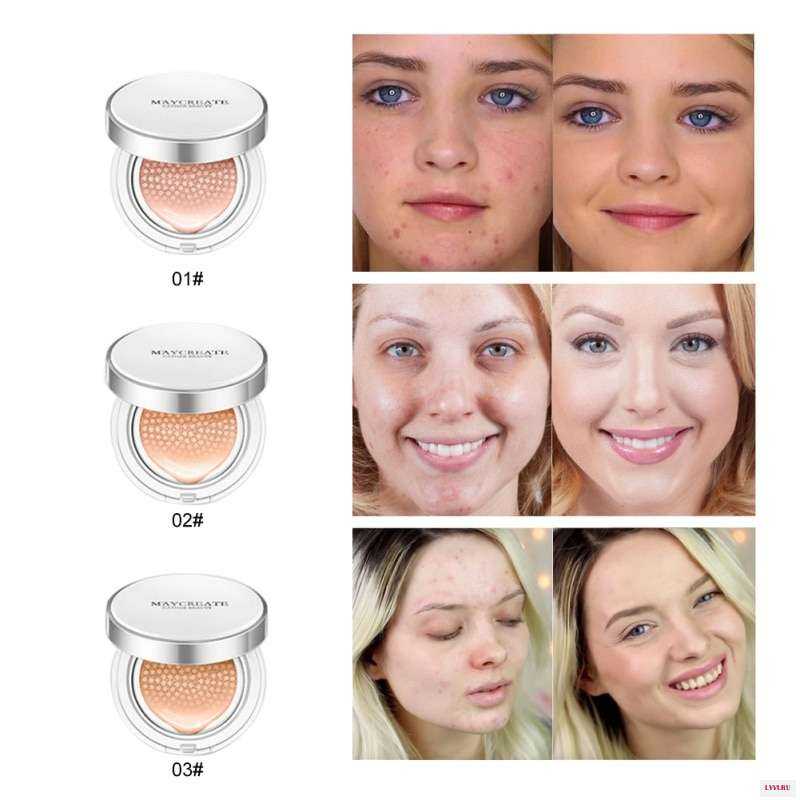
Negative properties:
To neutralize the negative effects of chewing gums:
 nine0008
nine0008
It must always be remembered that the benefits of chewing gum when used correctly are obvious, but even the best chewing gum cannot replace toothpaste and brush !
ME "25th city children's polyclinic"
Chewing gum has gained its popularity quite a long time ago. She is loved by both adults and the younger generation. Chewing gum is a culinary product that consists of an inedible elastic base and various aromatic and flavoring additives. In the process of use, the fillers gradually dissolve and because of this, the chewing gum will slightly decrease in volume, after which it loses its taste and becomes tasteless. The history of chewing gum dates back to Ancient Greece, when the Greeks loved to chew the resin of the Mastic tree, which grows in Greece and Turkey. Mastic for them was chewing gum, even then they realized that resin freshens breath and cleans teeth. The Mayan Indians used the sap of the Sapodilla tree thousands of years ago, and the Indians of Latin America chewed the congealed sap of coniferous trees. Chewing gum has been improved by mixing beeswax and resin of coniferous trees. To date, the gum industry is one of the most profitable, thanks to advertising, people subconsciously absorb that chewing gum is a delicious product. For many, the use of chewing gum is a habit and few people think about its effect on the human body. Manufacturers offer many varieties of chewing gum for different tastes and brightly colored packages. In our time, they began to talk a lot about the harm to the human body that chewing gum causes. In some countries, the craze of the population for chewing gum is considered a social problem, because people chew it during a conversation, at school and lectures, they do not take into account time and place.
The history of chewing gum dates back to Ancient Greece, when the Greeks loved to chew the resin of the Mastic tree, which grows in Greece and Turkey. Mastic for them was chewing gum, even then they realized that resin freshens breath and cleans teeth. The Mayan Indians used the sap of the Sapodilla tree thousands of years ago, and the Indians of Latin America chewed the congealed sap of coniferous trees. Chewing gum has been improved by mixing beeswax and resin of coniferous trees. To date, the gum industry is one of the most profitable, thanks to advertising, people subconsciously absorb that chewing gum is a delicious product. For many, the use of chewing gum is a habit and few people think about its effect on the human body. Manufacturers offer many varieties of chewing gum for different tastes and brightly colored packages. In our time, they began to talk a lot about the harm to the human body that chewing gum causes. In some countries, the craze of the population for chewing gum is considered a social problem, because people chew it during a conversation, at school and lectures, they do not take into account time and place. The harmfulness of chewing gum is due to the fact that it contains chemicals that most people do not know about. Advertisers assure you that chewing gum restores the acid-base balance, improves tooth enamel, removes tartar and more. But not a single advertisement will tell you that people who often use chewing gum experience mechanical damage to tooth enamel, develop diseases of the gastrointestinal tract, or have fillings fall out. nine0003
The chemical composition of chewing gum has changed many times since the beginning of its history. Chewing gum is a type of candy, which includes an inedible elastic base and various aromatic and flavoring additives. The main components of modern chewing gum are: stabilizers, antioxidants, colorants, chewing base, the content of which ranges from 20 to 30%, flavors, fragrances or flavorings (about 10%), a small amount of liquid, forming components, sweeteners make up to 60% of chewing gum, glazing agents. nine0003
 Today, instead of sweeteners, intense sweeteners or sweeteners are added. Of these sweeteners, sorbitol, maltitol, xylitol, mannitol are introduced into the chewing gum. Flavoring additives that are used for chewing gums include: peppermint, fruit compositions, mint, eucalyptus. It is known that mint components are preferred over fruit flavors, as some of the bottoms are still prepared with the addition of sugar, so mint components are most often preferred. nine0008
Today, instead of sweeteners, intense sweeteners or sweeteners are added. Of these sweeteners, sorbitol, maltitol, xylitol, mannitol are introduced into the chewing gum. Flavoring additives that are used for chewing gums include: peppermint, fruit compositions, mint, eucalyptus. It is known that mint components are preferred over fruit flavors, as some of the bottoms are still prepared with the addition of sugar, so mint components are most often preferred. nine0008 Influence of chewing gum components on human health.
